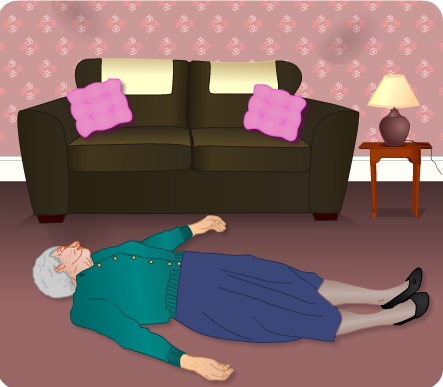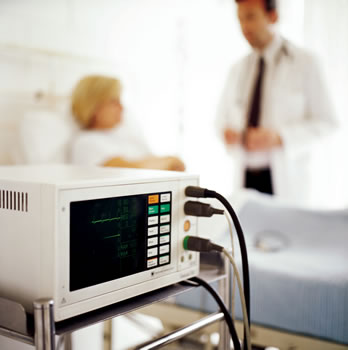You take another set of measurements.
You take another set of measurements.
Jean has left arm weakness.
Common implications of not recognising abnormal HR or rhythm include;
Responses and actions if changes in heart rate/rhythm

Jean is a 79 year old lady who lives alone and was found on the floor of her home by her home help who had not seen her since the previous day. She was taken to hospital and three hours later was admitted to the Stroke unit. She tells you that her left arm and leg feel weak and she is unable to raise her left arm off the bed.

It is important to measure the following in ALL stroke patients.
Not only is it important to recognise the abnormal readings, you must be aware of the importance of recognising the sudden changes in parameters. Now let’s look at each of these in a little more detail.
Upon admission to an acute stroke unit a patient needs to have a number of physiological parameters monitored.
On completion of this module you will be expected to have a critical understanding of the relevance and importance of physiological monitoring in stroke patients.
You will learn:
The following physiological parameters will be covered in this module:
On completion of this module you should have a critical understanding of the relevance and importance of monitoring in acute stroke patients, understanding the relevance and the implications of investigation and management of individual patients.
